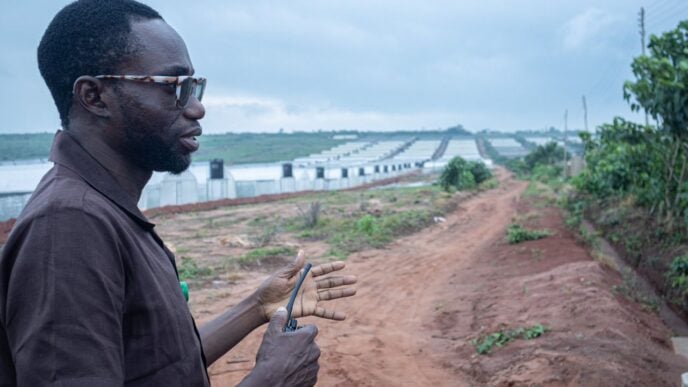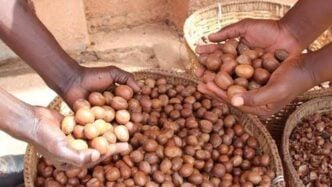Nine oil-producing states received a total of N620.23 billion from the federation account as 13 percent derivation between January and May 2025.
The figure represents a 101.3 percent increase compared with the N308.19 billion shared in the same period of 2024, according to data from the National Bureau of Statistics (NBS) and the Federation Account Allocation Committee (FAAC).
Analysis by TheCableIndex shows that in 2025, Delta state received the highest allocation, with N185.16 billion, followed by Bayelsa with N130.21 billion and Akwa Ibom with N124.79 billion.
Rivers state received N114.06 billion, while Edo got N18.60 billion.
Advertisement
Other beneficiaries include Ondo (N15.51 billion), Imo (N14.48 billion), Abia (N8.99 billion), and Anambra (N8.42 billion).
The derivation fund, which is provided under Section 162(2) of the 1999 Constitution, mandates that 13 percent of revenue from natural resources be returned to states from where such resources are produced.
It is intended to cushion the impact of exploration and support development in oil-producing communities.
Advertisement
The NBS and FAAC figures show that the four top beneficiaries — Delta, Bayelsa, Akwa Ibom, and Rivers — accounted for more than 88 percent of the total disbursements during the period.
ABIA, IMO, ANAMBRA SAW A REMARKABLE INCREASE YEAR-ON-YEAR
Abia received N8.99 billion in the first five months of 2025, compared to N2.95 billion in the same period of 2024, representing a 205 percent increase.
Imo’s allocation rose by 183 percent from N5.12 billion in 2024 to N14.48 billion in 2025.
Advertisement
Anambra got N8.42 billion in 2025, higher than the N3.72 billion it received in 2024 — reflecting a 126 percent rise.
Bayelsa’s share went up by 122 percent, from N58.62 billion to N130.21 billion.
Also, Rivers recorded a 114 percent increase, and Akwa Ibom’s allocation rose by 98 percent.
Delta, which remained the top beneficiary, recorded a growth of 82 percent, from N101.50 billion in 2024 to N185.16 billion in 2025.
Advertisement
Edo and Ondo also recorded increases of 69 percent and 72 percent, respectively.
FROM 13 PERCENT TO 50 PERCENT: REPS PUSH TO RAISE DERIVATION FUND
Advertisement
In October 2024, the house of representatives scheduled a debate on a constitutional amendment bill seeking to raise the derivation fund for resource-producing states from 13 percent to 50 percent.
In his legislative brief, the house argued that raising the allocation would help address “the myriads of issues bordering on the meagre” 13 percent currently paid to states.
Advertisement
Beyond the Niger Delta, other states are also pushing to be recognised as resource producers.
On May 20, Peter Mbah, Enugu governor, urged the federal government to remit 13 percent derivation funds to the state, citing its oil-producing status during a visit by the Revenue Mobilisation, Allocation and Fiscal Commission (RMAFC).
Advertisement
In August, Niger state filed a suit at the supreme court against the attorney-general of the federation (AGF) over its exclusion from the derivation fund.
Through its counsel, Mohammed Ndarani, the state asked the court to interpret section 232 (1) and (2) of the 1999 constitution, alongside the Allocation of Revenue (Federation Account, etc.) Act, 2004.
The suit argues that Niger qualifies as a resource-producing state due to its four major hydroelectric power dams — Kainji, Jebba, Shiroro, and Zungeru—which have contributed significantly to the national electricity supply since 1968.













